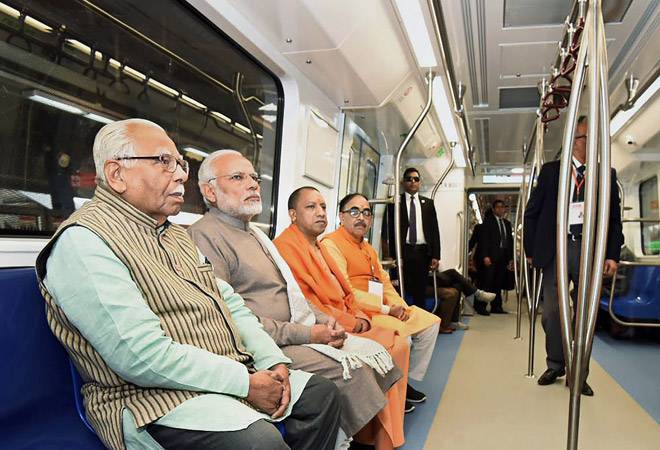Transaction volumes of warehousing space has jumped 85 per cent in 2017 to 25.7 million sq.ft across India’s top eight cities, a new report by Knight Frank India said. The volumes were driven by third party logistics players (3PL), manufacturing and retail companies. E-commerce, a major driver of warehousing space in 2016, saw a dip in its share of transaction volume – while the sector took up 17 per cent share in 2016, it dipped to 15 per cent last year.
Knight Frank, nevertheless, mentioned Amazon in a press release. “Large occupiers like Amazon, Safexpress and Decathlon to name a few have committed huge spaces,” it said.
The India Warehousing Market Report 2018 found that among cities, Mumbai saw the highest growth at 231 per cent (5.2 mn sq. ft), followed by NCR that jumped 129 per cent (6.5mn sq. ft), and Bangalore at 90 per cent (2.5 mn sq. ft). NCR’s jump is significant because it was from a higher base of 2.8 mn sq. ft in 2016.
“Post GST, the NCR market recorded a staggering growth as companies who were till now in a wait and watch mode have now got into execution mode,” Balbirsingh Khalsa, National Director, Industrial and Asset Services at the firm, noted.
“For the first time we are witnessing consolidation and expansion of warehousing space. This increase in demand from sectors such as e-commerce, 3PLs, consumer durables, FMCG and manufacturing to name a few coupled with a requirement for larger sized warehouses has opened up the field for more and more organised players. We expect the trend to continue and get better in the days to come.”
Warehousing accounts for 25 per cent of the logistics cost for most. As companies consolidate operations in large warehouses rather than smaller, fragmented ones, they could achieve economies of scale. Larger warehouses also lends itself well to automation, which results in quicker turnaround.


